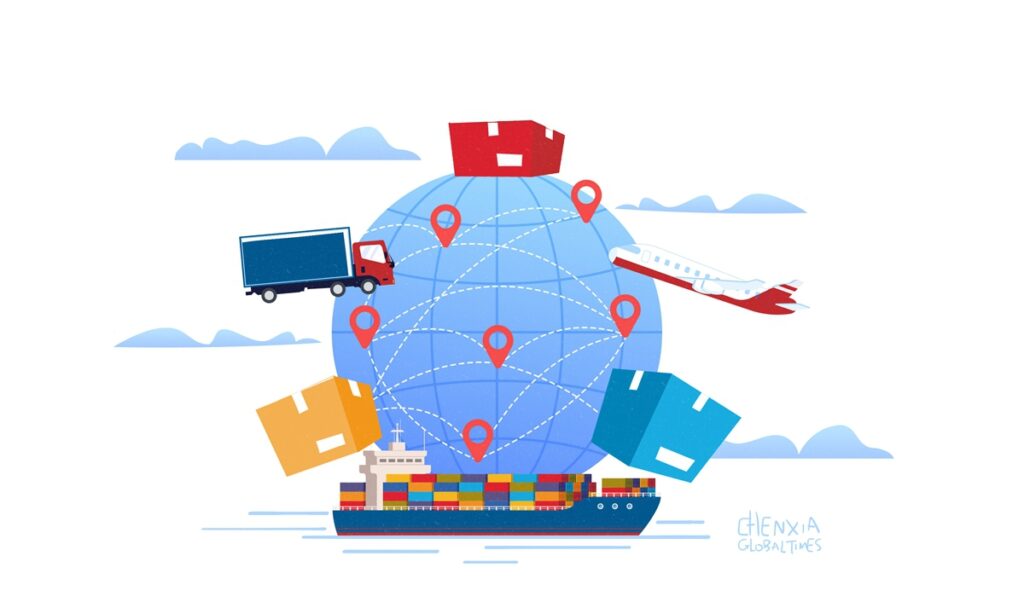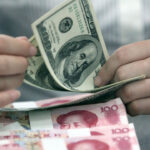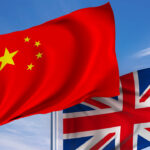China will further promote regional economic integration and accelerate negotiations on version 3.0 of the China-ASEAN free trade agreement (FTA), Chinese Ministry of Commerce spokesperson He Yadong was quoted by the Securities Daily as saying on Saturday. This sends a positive signal that Asian supply chain restructuring is accelerating, moving in the opposite direction of protectionism and “decoupling.”
An upgrade of the China-ASEAN FTA is expected to further strengthen regional industrial chain cooperation to fend off external risks. The negotiations, which were launched in November 2022, will likely cover fields including trade in goods, investment and the digital and green economies, to build a more inclusive, modern, comprehensive and mutually beneficial China-ASEAN FTA, according to media reports.
In recent years, some American politicians have advocated “decoupling.” Western media outlets are keen to hype zero-sum competition, and some have said that some enterprises have to scale back production in China to relocate their manufacturing facilities to ASEAN or other regions. But the reconfiguration of Asian supply chains runs contrary to what those Western media outlets claim. Industrial chain cooperation between China and ASEAN has been growing stronger.
There are several new characteristics that define the ongoing supply chain restructuring. From the perspective of Asia’s internal industrial chain, the growth of trade in intermediate goods has increased the stickiness and resilience of industrial chain cooperation.
Intermediate goods have emerged as China’s primary merchandise exports, accounting for 47.3 percent of overall exports in 2023. With the continuous improvement of China’s technological ecosystem and the promotion of industrial transformation and upgrading, a large quantity of intermediate products – including core equipment and components – are exported to Southeast Asian countries, assembled into final products and re-exported.
A rise in the trade of intermediate goods is a nearly inevitable result of technological advances. This trend fosters closer industry chain cooperation between China and ASEAN.
Beyond the Asian industrial chain, a rising wave of anti-globalization and slow progress in multilateral trade talks threaten the recovery of the global economy. The realignment of trade is the result of many factors, such as the rise of trade protectionism in the US, as well as unilateral and anti-market suppression, which threaten not only China but also other countries in the Asian industrial chain.
The export-oriented strategy played a crucial role in the successful development of Asian economies after World War II, with developed economies serving as traditional export destinations. However, the situation is gradually changing as China emerges as an increasingly important export destination for Southeast Asian countries.
China boasts the world’s largest middle-income group and the second-largest consumer market, making it a key market for global companies. The Chinese consumer market is full of potential and opportunities, driven by a growing middle class and increasing consumer demand for high-quality products.
In 2023, trade between China and ASEAN continued to grow, with the two sides being each other’s largest trading partners for four consecutive years. It is expected that China’s development will further stimulate the country’s consumer potential, helping Southeast Asian economies find a new balance between the attractiveness of the Chinese market and traditional Western consumer markets.
In summary, whether from the perspective of production or consumption, China and ASEAN are forming a closer industrial chain.
Several rounds of negotiations have been held on version 3.0 of the China-ASEAN FTA since November 2022. It seems both sides have a strong willingness to upgrade the liberalization of trade and investment. Chinese officials have stressed that the country is willing to work with ASEAN to conclude the negotiations as soon as possible.
It is believed that after the completion of the upgrade to version 3.0, China-ASEAN cooperation will be more pragmatic and efficient, and international factors of production will flow more frequently across borders.
The China-ASEAN FTA is a good example of why free trade is so important. The world should stick to the right direction of globalization, oppose protectionism and “decoupling,” and support more mutually beneficial cooperation opportunities to inject more impetus into the world’s economic recovery.
GT




